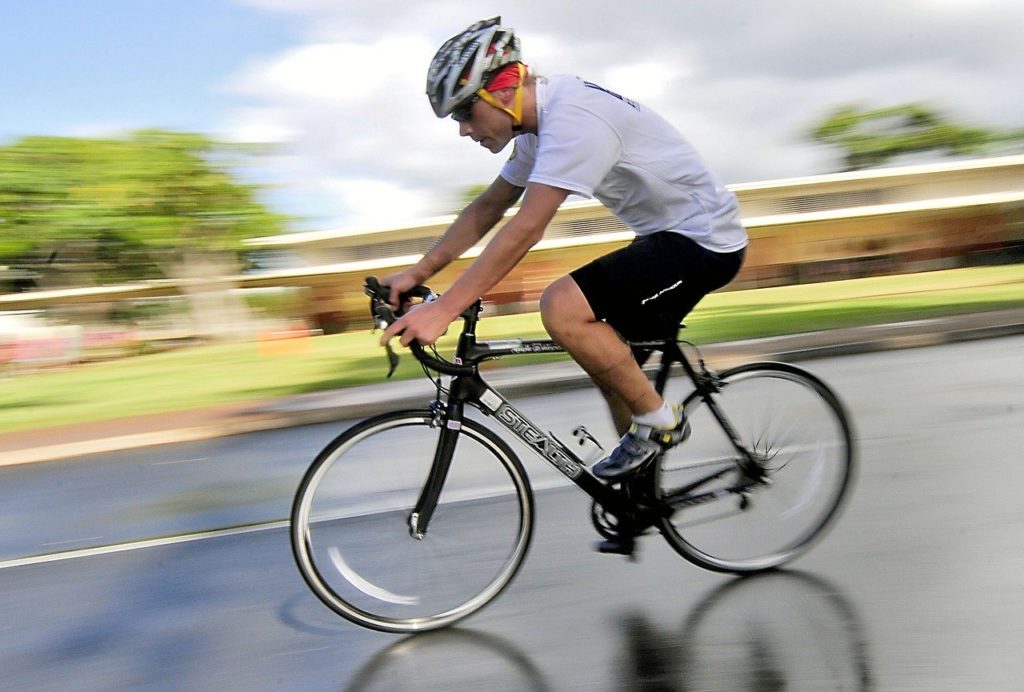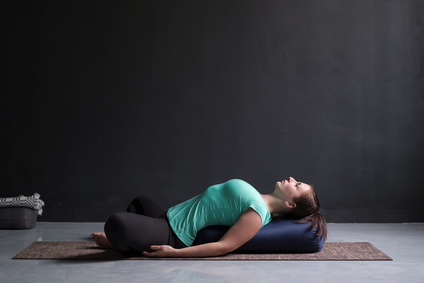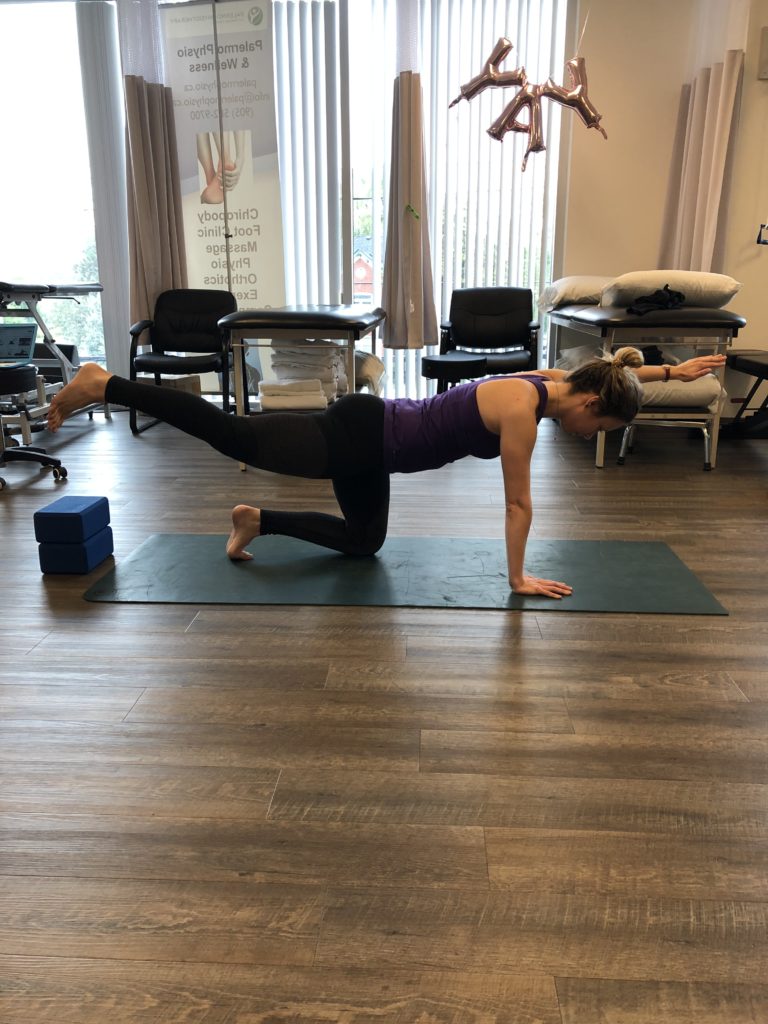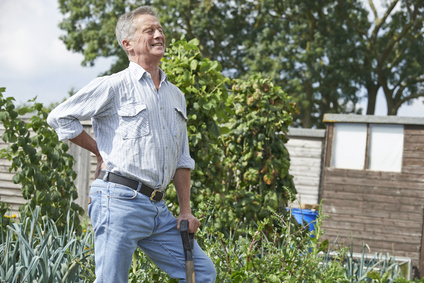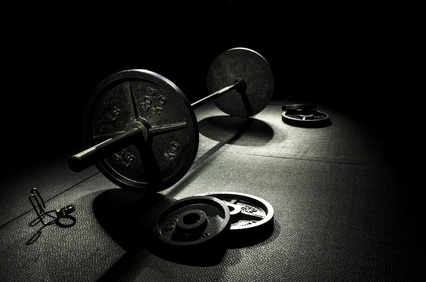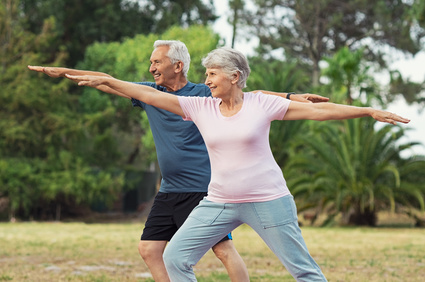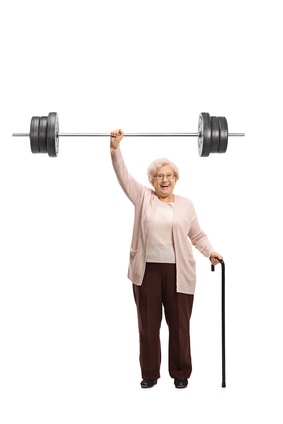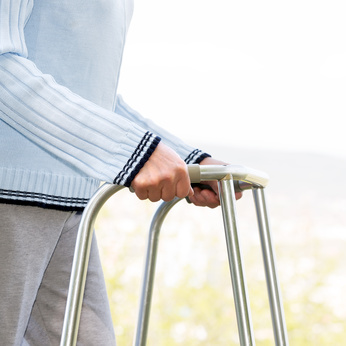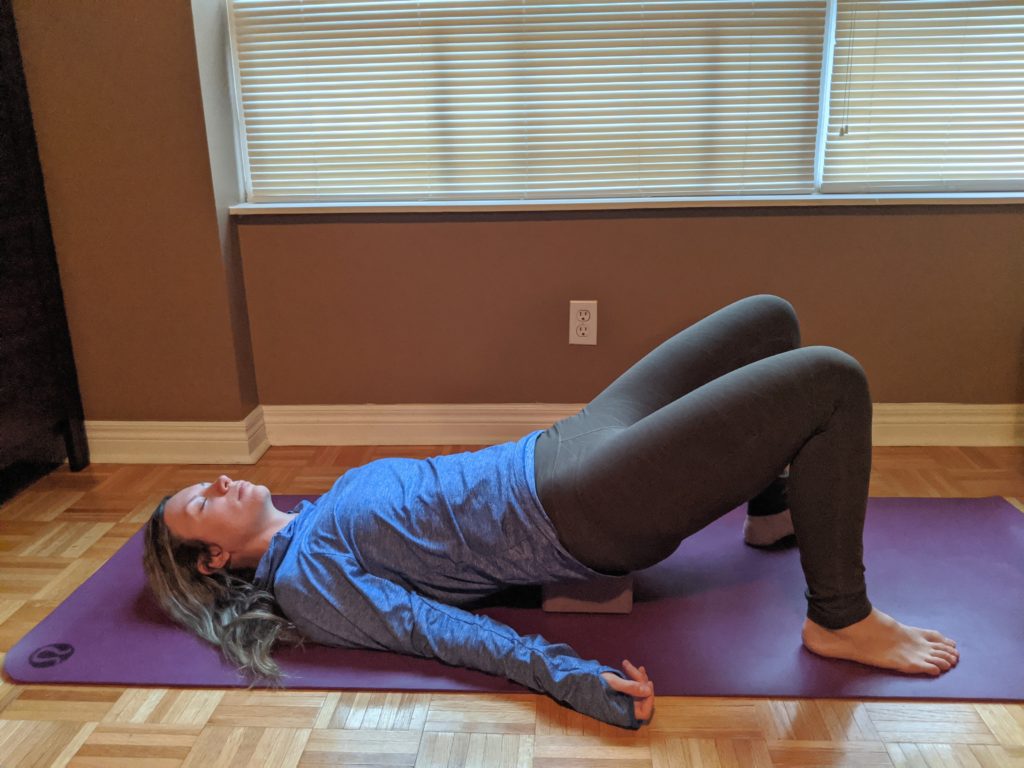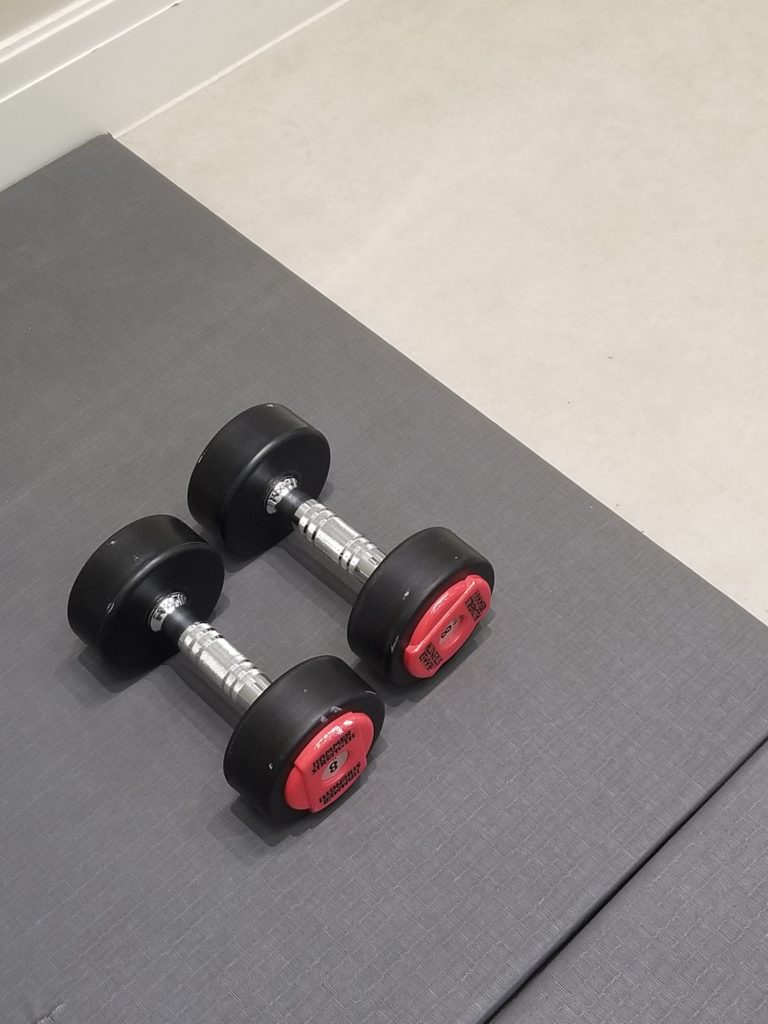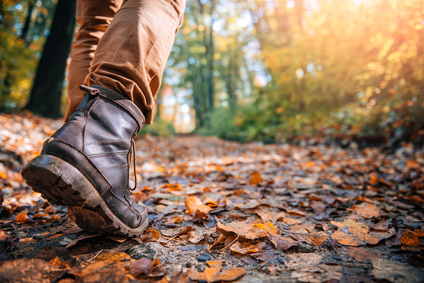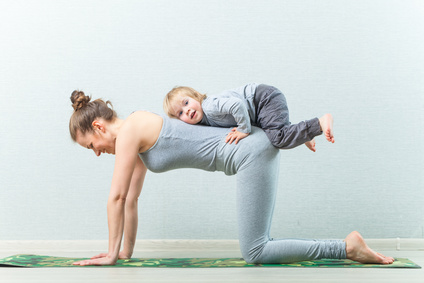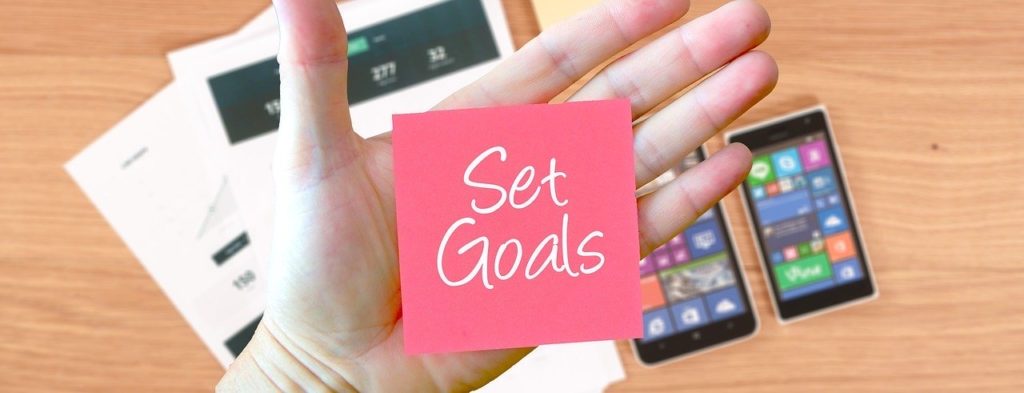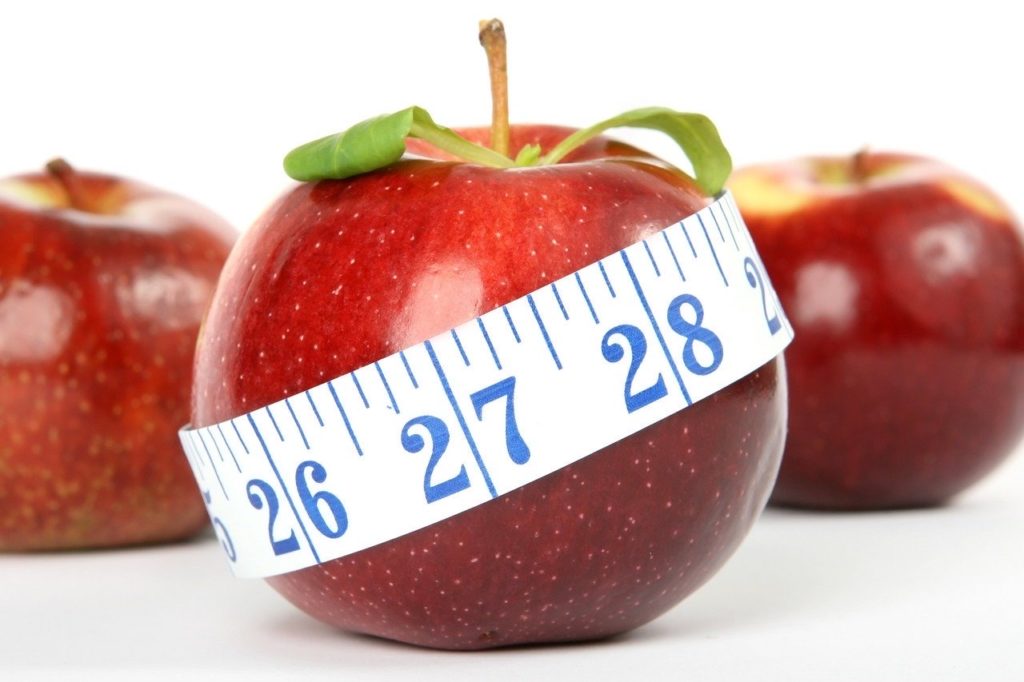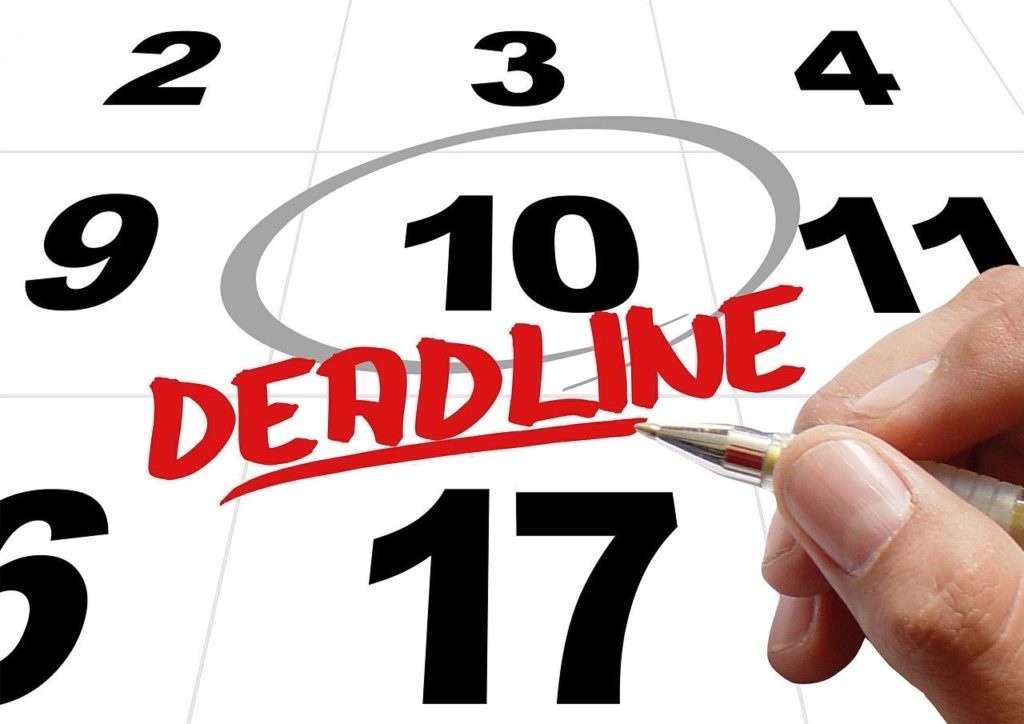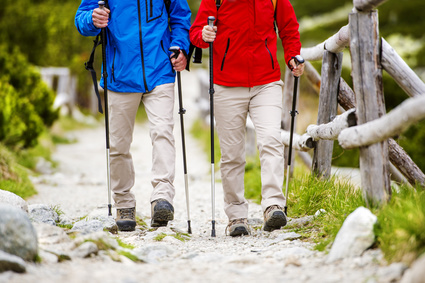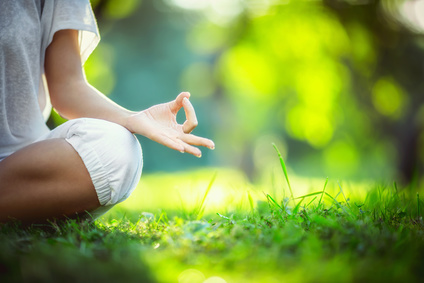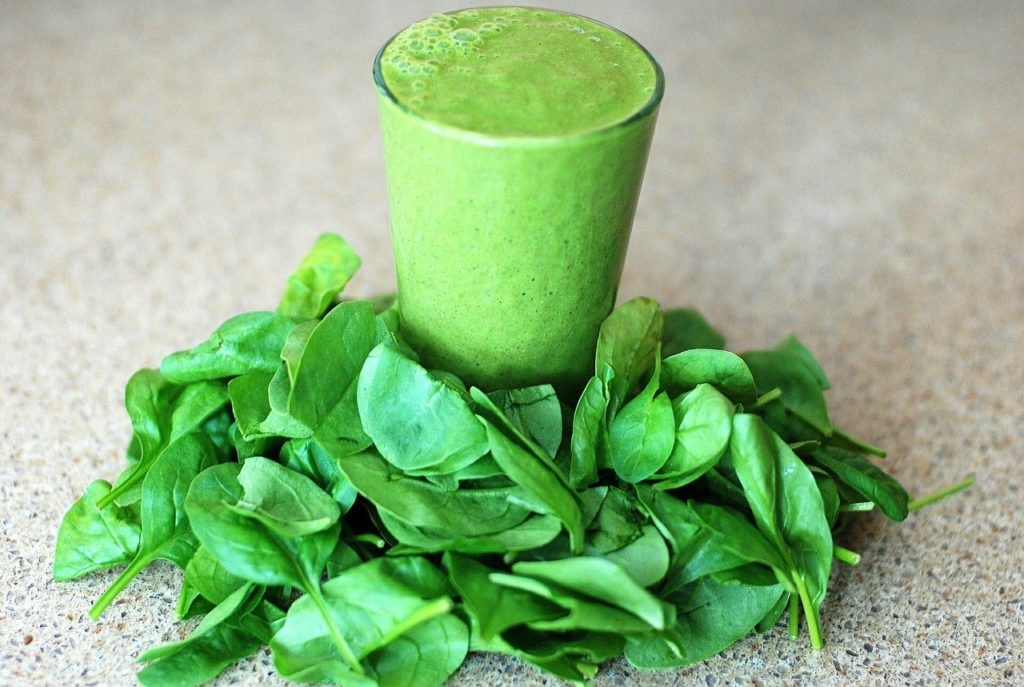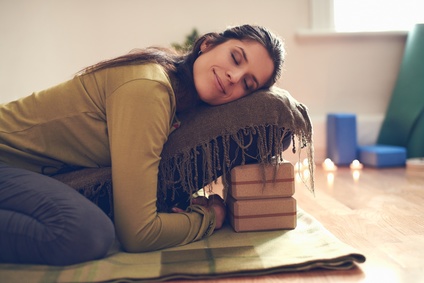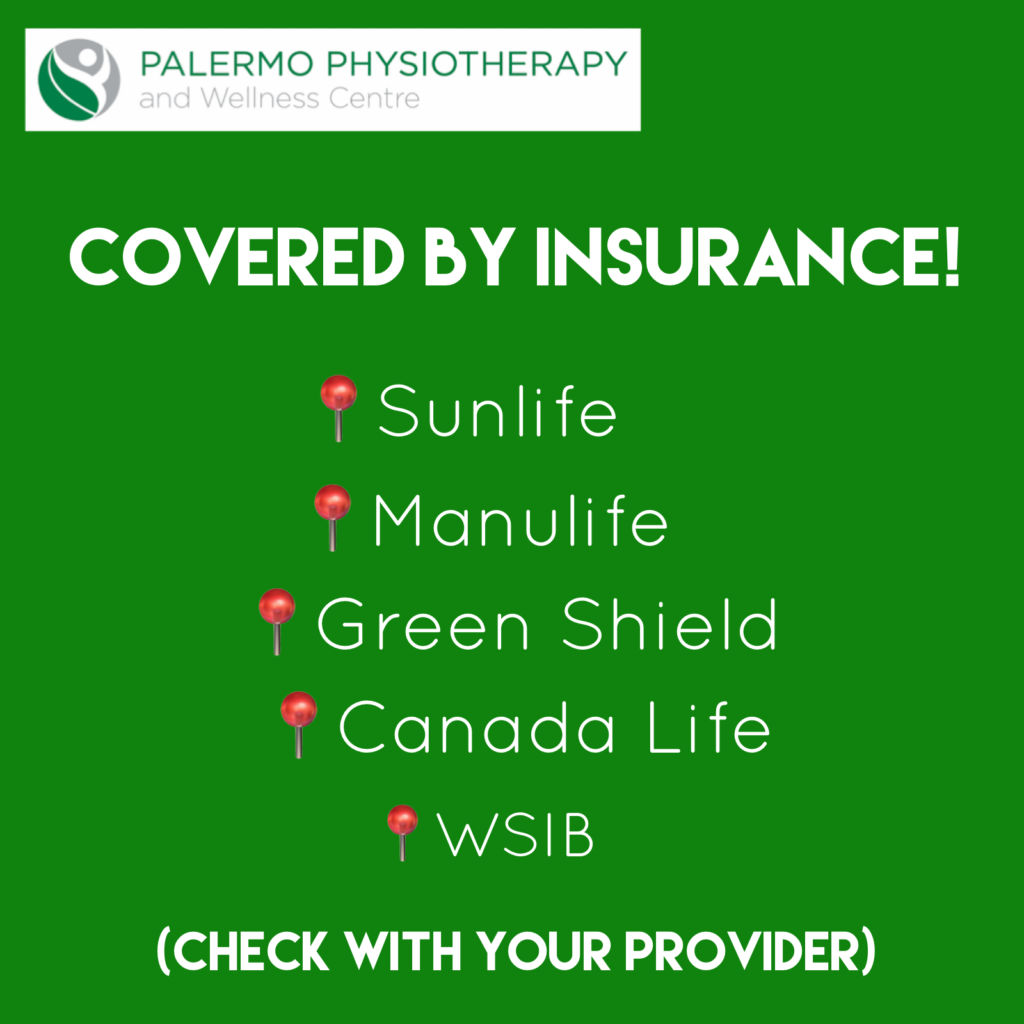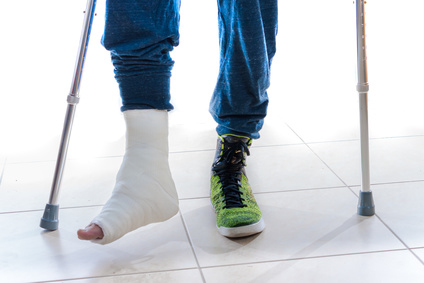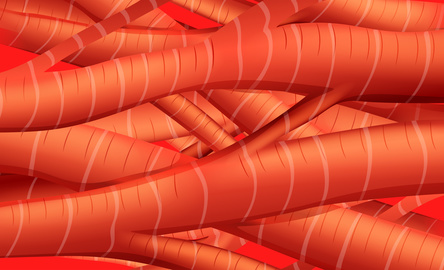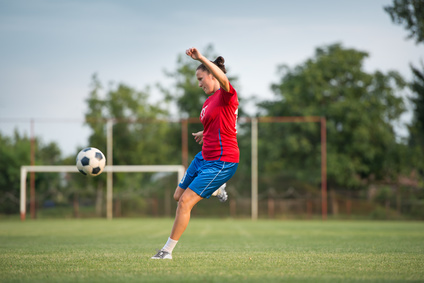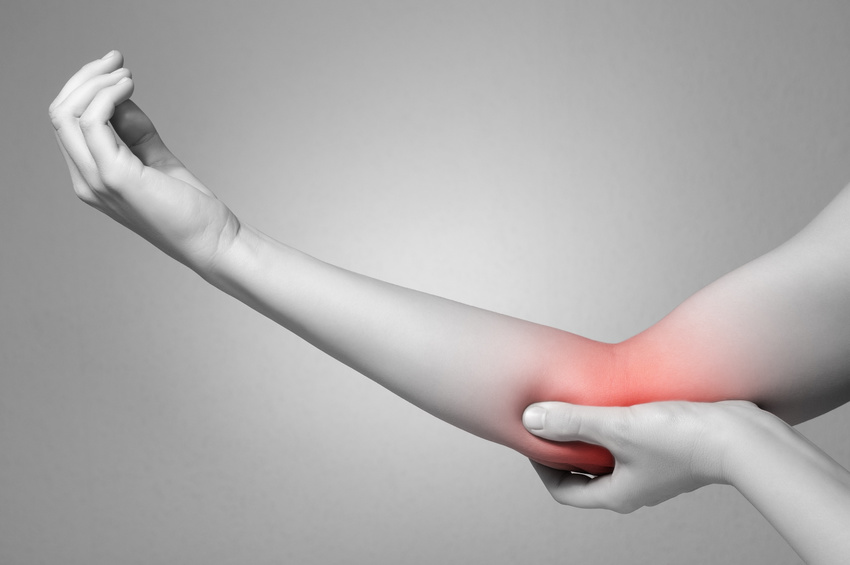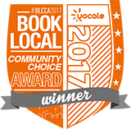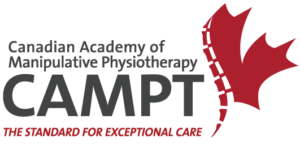Welcome back to Part Two of what is exercise! Here is quick link to Part One for a refresher on what counts as exercise and whether it may or may not be enough of what you need.
This time we answer some burning questions like…
Why do some of us hate to exercise?!
The problems we often encounter with exercise can be that:
- It is usually hard work, which makes the body feel uncomfortable, and therefore, can often feel punishing rather than enjoyable!
- Unlike work, groceries, paying bills, or driving kids to activities, an exercise routine is not a mandatory part of life… we have to carve that time out for ourselves!
- Depending on our relationship with physical activity growing up, we may not have had the opportunity to develop enjoyment of sports, unlike someone who may have played soccer or baseball growing up.
- Maybe we learned to associate exercise as something we were not good at, e.g. always being picked last in gym class. It either didn’t interest us, or it didn’t make us feel good about ourselves.
- Maybe exercise does not feel possible if we already have chronic pain or a recurrent injury that flares up every time we try.
- If we don’t have a lot of experience with exercise and sports, maybe we just don’t have the confidence or knowledge to know where to start.
- And for some, exercise may seem to be a financial luxury they are not able to afford.

However, I’d like to offer up some solutions to the problems listed above. After all, every problem implies a solution! 😉
How to start liking exercise…
If exercise is hard work and feels like punishment, maybe it doesn’t have to be! Let’s forget for a minute what you think exercise should be and let’s brainstorm what would help you enjoy the activity instead…
- Do you prefer cycling or the treadmill? A specific sport or using weights?
- Would you rather exercise at home or do you feel more motivated at the gym?
- Would you like it to be a solo or a social activity?
- If you are a beginner, or it’s been a really long time, don’t put pressure on yourself. Something is better than nothing, so even a moderately-paced 30 minute walk, a half hour yoga video, or 20 daily squats can be a place to start!
- Also, consider combining exercise with something you enjoy, like listening to music or an audiobook. In that case, limit your time listening to the audiobook unless it’s when you’re exercising. Research shows that pairing something you like with something you procrastinate can help improve the habit! 😊
- Consider using a tracker app or having a small reward for every time you exercise to help motivate you! Starting a tally of how many weeks in a row you’ve been exercising can boost your sense of accomplishment and the desire to keep the streak going 😉
Is exercise a priority for you?
Once you select an activity that seems more enjoyable and achievable, let’s talk about priorities…
- As (somewhat) proficient multi-taskers, we have a lot of priorities in our day. How many of them are for your personal self-care?
- Self-care includes proper nutrition, decent quality and quantity of sleep, time for deep and meaningful connection with family and friends, alone time to enjoy meaningful hobbies such as gardening or reading or knitting, etc… but it should also include your physical and mental health.
- Not everyone can make time for 30 minutes of daily exercise. What about 20 minutes, 3x week? Or any other schedule that works for you.
- When would that be? Where will you exercise? Who will you be with?
- Tell your family in advance you won’t be available during that time, and remind them again right before you start!
- Is there someone, or something (like a tracker app), that will be keeping you accountable?
Don’t put too much pressure on yourself…
If you didn’t grow up playing any sports, or don’t feel you are the “sporty” type, then don’t worry…
- Exercise isn’t something you have to be good at.
- It doesn’t require a certain body type or a special discipline.
- That is why we brainstorm what we might actually like doing and that is why we prioritize time for ourselves during the week to actually try it and see how it goes.
If you don’t know where to start, it’s okay to feel overwhelmed by the options!
- Start simple… like a 20-minute free YouTube video for pilates, or yoga, or cardio!
- Ask friends and family about their preferred exercise routine!
- Ask yourself what your fitness goals are… why do you want to exercise… what do you want to exercise… what do you picture exercise looks like. The answers to these questions may help guide you.
- Consider asking your PT for an individualized program, especially if you are dealing with an injury or chronic pain. We would love to help!
- Otherwise, consider taking a class or two when gyms open up, or maybe doing so virtually. Maybe consider hiring a personal trainer for a few sessions to get you started and to make sure you have good technique to avoid injury!

Exercise does not have to cost you…
Even if you cannot currently afford a gym membership, a personal trainer, or fancy equipment, something is better than nothing!
- Walking and running only require a decent pair of running shoes!
- A lot of workouts can be done solely with body weight… e.g. squats, lunges, push-ups, planks, crunches, etc.
- There is a ton of free content on YouTube, or even some apps like the Nike App. You will find a wide selection from cardio and dance workouts, to body weight exercise routines, to pilates and yoga.
The hardest part is getting started which is why you should start small and don’t overthink it!

